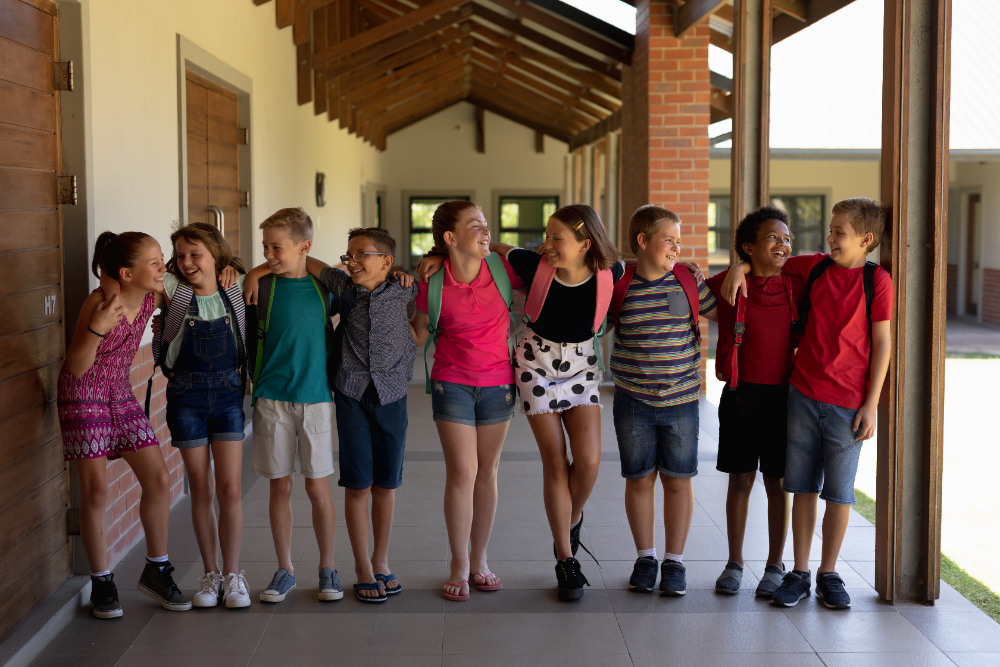
Reading Motivational Research by Principal Investigators.
Links to research articles
|
Sharp, A. C., Brandt, L., & Gardner, D. S. (2016). Inspiring students to value reading: Seven salient principles of motivation. Utah English Journal, 44, 12-20. |
|
Brandt, L., Sharp, A. C., & Gardner, D. S. (2021). Examination of teacher practices on student motivation for reading. The Reading Teacher, 74(6). 723-732. |
Stories that come from experiences from the Read a Difference Fellowship.

A young struggling reader became so enthralled with literature circles that he initiated his own. He loved reading and discussing books with his friends like the teacher had trained his class to do during Literacy Circles. So, he convinced his friends (all struggling readers and all boys) to buy a book of their choice at the school book fair and read together out at recess.
In his fourth grade teacher’s words:
"I have a group of boys in my class and one of them is a[n] extremely low reader and I don’t know if he has ever tried reading a chapter book or anything like that, and they made their own literature circle. Like they would talk about the book at recess and they all bought the same book at a book fair . . . and they would discuss it. He would tell me, ‘It’s getting really good!"

A first grade teacher reported that her students declared all the struggling readers in the class as heroes during a time when the class was earning the privilege of having lunch with a children’s author. They had all being trying to read at home a predetermined amount of pages each night in order to be able to attend the special event. As the amount of pages read got reported each day, children could see on a large classroom graph how well they were doing towards their reading goal. As the big event got closer, the more earnest the children’s efforts became. Just as the students thought they would never meet their classroom reading goal, the struggling readers stepped up and saved the day! The lower leveled first grade books had less words on a page, allowing the lower performing students to read more pages. Every time a struggling reader reported their pages to the teacher a classroom cheer would go up. Students would say to them, “You must be reading all the time.” And, they would respond proudly, “Yeah, I am!”

The teacher of a fourth grade classroom loved to read and was taking time weekly to share with her students the book she was reading for pleasure at home. She would talk about the story and the characters, all the while expressing her enjoyment. After a few months, a volunteer delegation of her students approached her desk and asked for permission to have their own sharing time. They proposed a “sharing” stool they would bring from home. “I will ask my mom. I bet she will let me,” one student offered. The stool would be used for students to sit on as they shared their favorite books. With permission granted, the students designed a sign-up sheet for turn taking, and negotiated with the teacher for a few minutes each Friday for THEIR “sharing” time.
Presentations made from past fellows at the Love of Reading Conference.